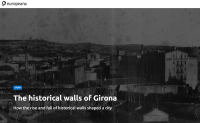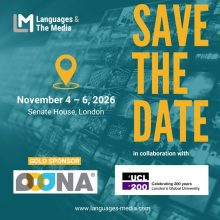
Data Analytics for Cultural Heritage: Current Trends and Concepts
Editors: Abdelaziz Bouras 1, Abdelhak Belhi 1,2, Abdulaziz Khalid Al-Ali 1, Abdul Hamid Sadka 3
- College of Engineering, Qatar University, Qatar
- DISP Laboratory, Université Lumière Lyon 2, Lyon, France
- Brunel University, London, United Kingdom
Book Scope
In light of the recent advances and techniques in the cultural domain using artificial intelligence, the book aims at addressing new and current challenges related to the effective implementation of AI technologies in the cultural context. The book chapters are mostly related to the application of AI to the cultural heritage digitization process aiming at empowering the value of the digitized assets through advanced artificial intelligence techniques. We particularly focus on improvements to the data acquisition stage as well as the data enrichment and curation stages using advanced artificial intelligence techniques and tools.
For this book, we consider the following focus areas in the cultural heritage domain:
- Data acquisition
- Data enrichment
- Data management
- Data preservation
MORE INFO and SUBMISSION: https://www.ceproqha.qa/call-book-chapters/
Introduction
Art and culture are some of the most reputable history transfer mediums through civilizations and generations. Cultural objects are distinguished by their higher value and attractiveness as they hold a lot of cultural and historical information. The physical preservation of cultural assets was known to be the only tool to conserve these objects for the long term. This process is reported to take a considerable amount of time and tends to be often costly. However, since the emergence of digital technologies, and thanks to their reliability and continuously dropping costs, the digital preservation of cultural objects is continuously catching the eyes of heritage organizations and is studied as an efficient and reliable alternative to the physical preservation. Cultural institutions such as museums, galleries, and heritage management organizations are currently investing a lot of efforts and resources to digitize and preserve their collections using cutting edge acquisition technologies. This process was often reported to be successful as we started to see multiple initiatives such as virtual museum tours, high-quality replicas of cultural objects, digital enrichment, linked data, etc. More recently, and with the recent breakthroughs in the AI domain, new techniques have been developed and aim at enriching the acquired data using artificial intelligence. In the past, cultural data enrichment was only possible using semantic tools or manual annotation which did not fully leverage the hidden information that can be extracted using AI technologies. Nowadays, artificial intelligence techniques for classification and content generation are being studied by multiple research groups around the world and thanks to the abundance of cultural data, some new challenges were presented to researchers to make the assets digital preservation more effective.
Throughout this book, we mainly consider the challenges related to the improvement of the data acquisition, data enrichment and data management processes in the cultural heritage data lifecycle pipeline using advanced artificial intelligence and machine learning technologies with an emphasis on recent applications related to deep learning for visual recognition, generative models, natural language processing, super resolution, etc.




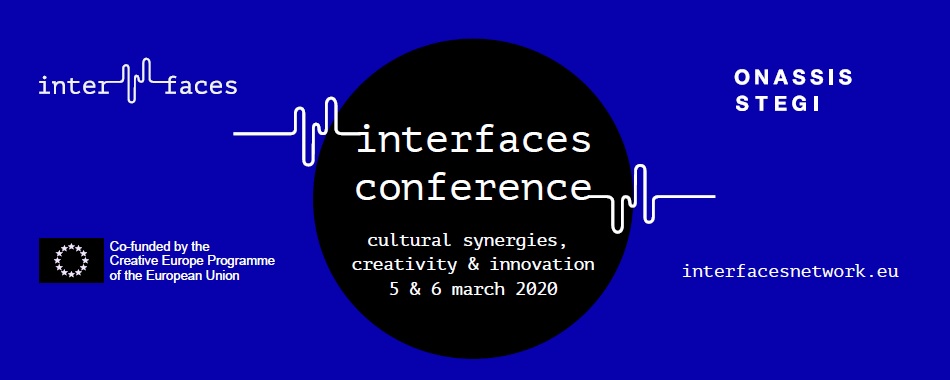
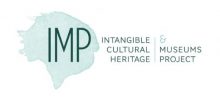
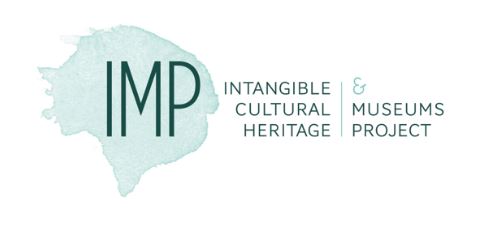 – How can museums avoid the trap of “freezing” intangible cultural heritage in time by integrating it into more static collections?
– How can museums avoid the trap of “freezing” intangible cultural heritage in time by integrating it into more static collections?
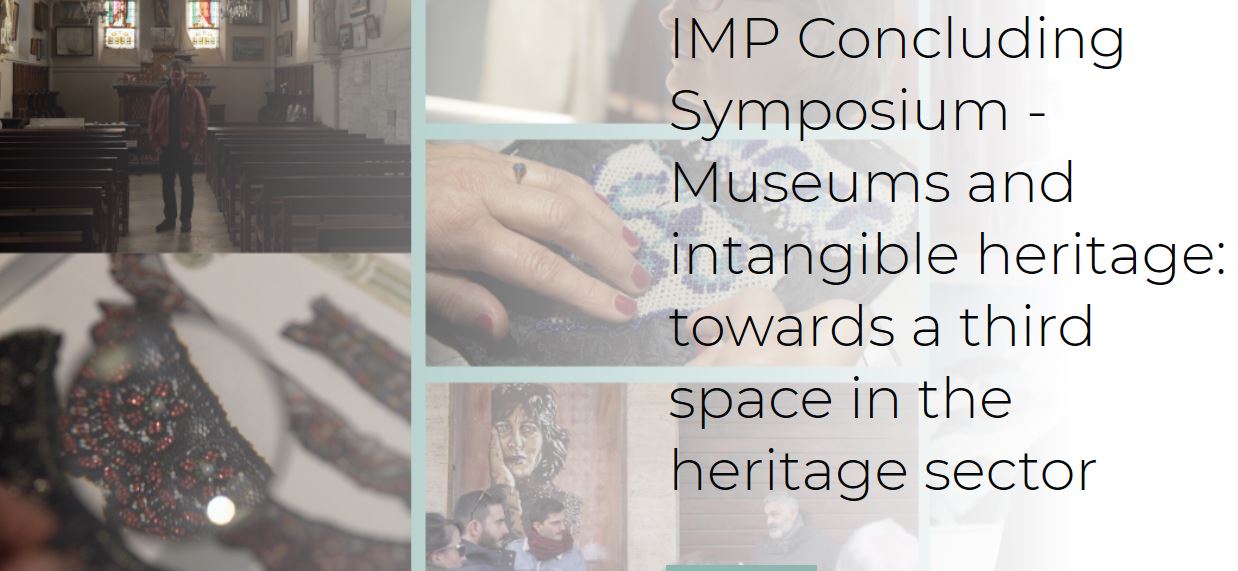 On February 26, the Intangible Cultural Heritage Project will hold its final symposium in Brussels.
On February 26, the Intangible Cultural Heritage Project will hold its final symposium in Brussels. The MOOC “Creating a Digital Cultural Heritage Community” is now open for registrations. Here students can learn more about how to create a community for digital cultural heritage through innovative practices for user engagement:
The MOOC “Creating a Digital Cultural Heritage Community” is now open for registrations. Here students can learn more about how to create a community for digital cultural heritage through innovative practices for user engagement: 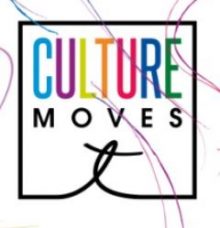 Developed in collaboration with the Kaleidoscope project, the MOOC will last for 8 weeks, with learners being able to join at any point and go through the coursework at their own pace, choosing and picking the modules they are most interested in, choosing either a dance or photography-focussed pathway, to explore digital curation and annotation.
Developed in collaboration with the Kaleidoscope project, the MOOC will last for 8 weeks, with learners being able to join at any point and go through the coursework at their own pace, choosing and picking the modules they are most interested in, choosing either a dance or photography-focussed pathway, to explore digital curation and annotation.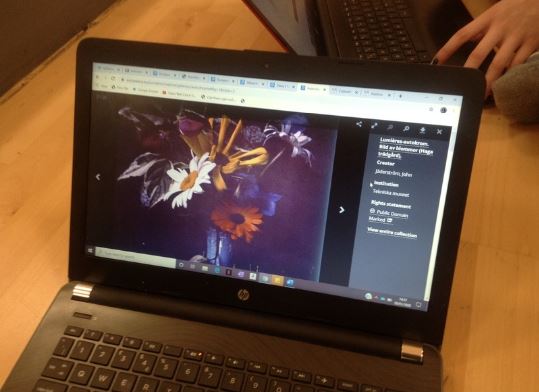 In December 2019 and January 2020, the
In December 2019 and January 2020, the 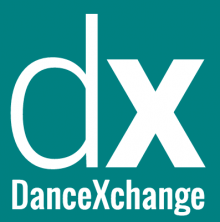 On 2nd December 2019, a CultureMoves LabDay co-ordinated in conjunction with Birmingham Dance Network and took place at
On 2nd December 2019, a CultureMoves LabDay co-ordinated in conjunction with Birmingham Dance Network and took place at 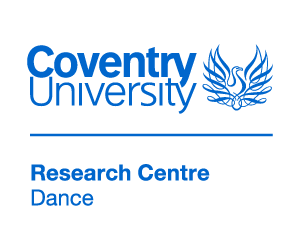



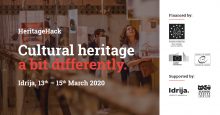
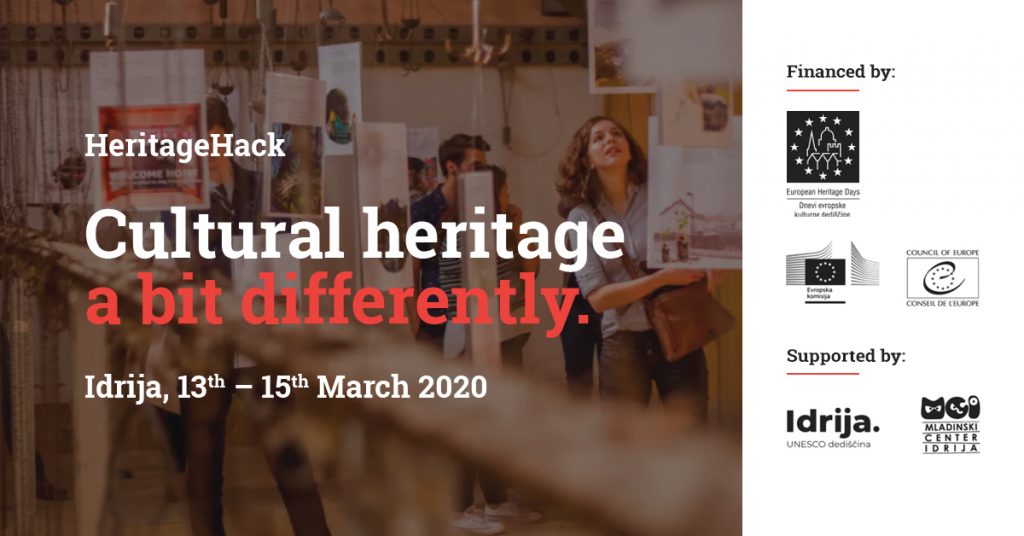 The Idrija 2020 Association organized, from the 13th to the 15th March, a 3-day hackathon for cultural Heritage called HeritageHack.
The Idrija 2020 Association organized, from the 13th to the 15th March, a 3-day hackathon for cultural Heritage called HeritageHack.
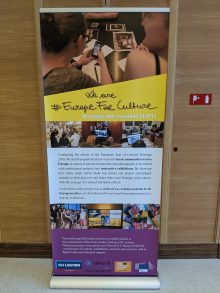
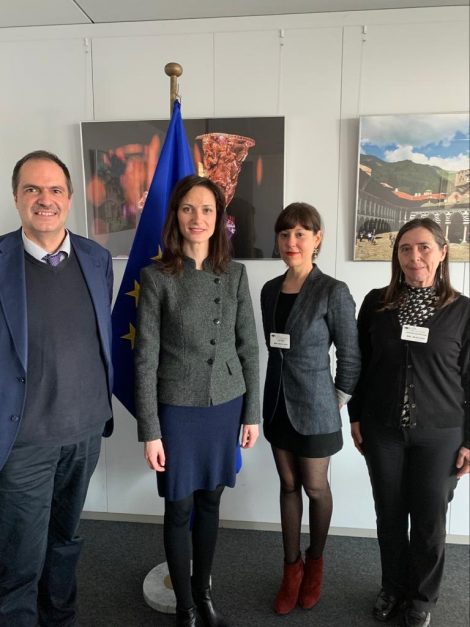 The project coordinators Fred Truyen, Antonella Fresa and Sofie Taes were received by the
The project coordinators Fred Truyen, Antonella Fresa and Sofie Taes were received by the 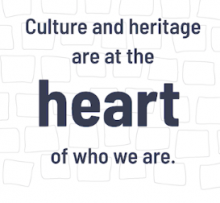
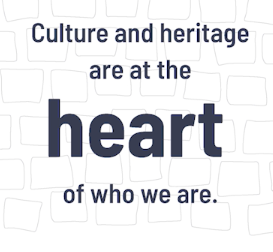 ARCH is an European funded project led by Fraunhofer Institute for Intelligent Analysis and Information Systems IAIS (Germany) with participation of four European municipalities (Bratislava, Camerino, Hamburg, Valencia), research scientists, city network ICLEI and standardisation organisation DIN.
ARCH is an European funded project led by Fraunhofer Institute for Intelligent Analysis and Information Systems IAIS (Germany) with participation of four European municipalities (Bratislava, Camerino, Hamburg, Valencia), research scientists, city network ICLEI and standardisation organisation DIN. Camerino (Italy) was an important medieval city and has a rich and prestigious historic town centre. It was hit by devastating earthquake in 2016 that caused serious damage. Camerino is also at risk of hydrogeological events and heavy snow.
Camerino (Italy) was an important medieval city and has a rich and prestigious historic town centre. It was hit by devastating earthquake in 2016 that caused serious damage. Camerino is also at risk of hydrogeological events and heavy snow.


























